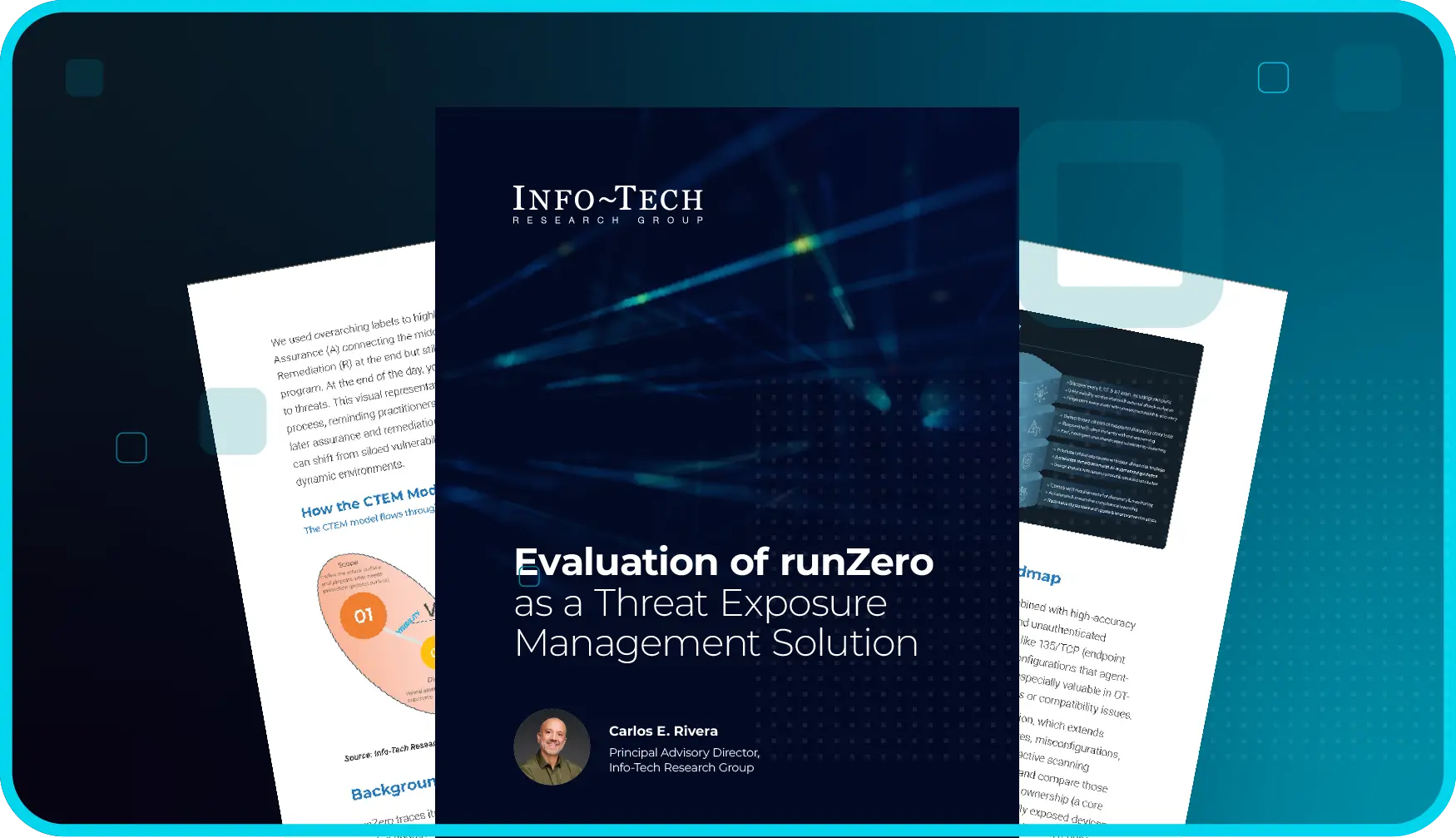Latest Microsoft SharePoint Server vulnerabilities #
Microsoft has disclosed two vulnerabilities in certain versions of on-premises Microsoft SharePoint Server:
- SharePoint Server deserializes untrusted data without sufficiently ensuring that the resulting data will be valid resulting in a remote code execution (RCE) vulnerability. The vulnerability allows an unauthenticated adversary to remotely execute code on the vulnerable server. This vulnerability has been designated CVE-2025-53770 and has been rated critical with a CVSS score of 9.8. This vulnerability is a variant of a remote code execution vulnerability designated CVE-2025-49704 that was patched earlier this month. There is evidence that this vulnerability is being actively exploited in the wild.
- SharePoint Server improperly limits a pathname to a restricted directory allowing path traversal in Microsoft Office SharePoint resulting in a spoofing vulnerability. The vulnerability allows an authorized adversary to perform spoofing over a network. This vulnerability has been designated CVE-2025-53771 and has been rated medium with a CVSS score of 6.3. This vulnerability is a variant of a spoofing vulnerability designated CVE-2025-49706 that was patched earlier this month.
The following versions are affected
- Microsoft SharePoint Enterprise Server 2016 versions currently unknown
- Microsoft SharePoint Server 2019 versions currently unknown
- Microsoft SharePoint Server Subscription Edition versions 16.0.0 prior to 16.0.18526.20508
What is the impact? #
Successful exploitation of these vulnerabilities would allow an adversary to execute arbitrary code on the vulnerable host, potentially leading to complete system compromise.
Are any updates or workarounds available? #
As of 7/20/2025 security updates are available for Microsoft SharePoint Server Subscription Edition. A patch is currently unavailable for other affected versions, but Microsoft is actively working on a security update.
- Mitigate attacks against on-premises SharePoint Server environments by configuring the Windows Antimalware Scan Interface (AMSI) integration in SharePoint and deploying Defender AV on all SharePoint servers. This should stop an unauthenticated adversary from successfully exploiting the vulnerability.
- Rotate SharePoint Server ASP.NET machine keys.
Upgrade affected systems to the new versions when a patch is available.
How do I find Microsoft SharePoint Server installations with runZero? #
From the Software Inventory, use the following query to locate potentially impacted assets:
vendor:="Microsoft" AND product:="SharePoint Server%"















